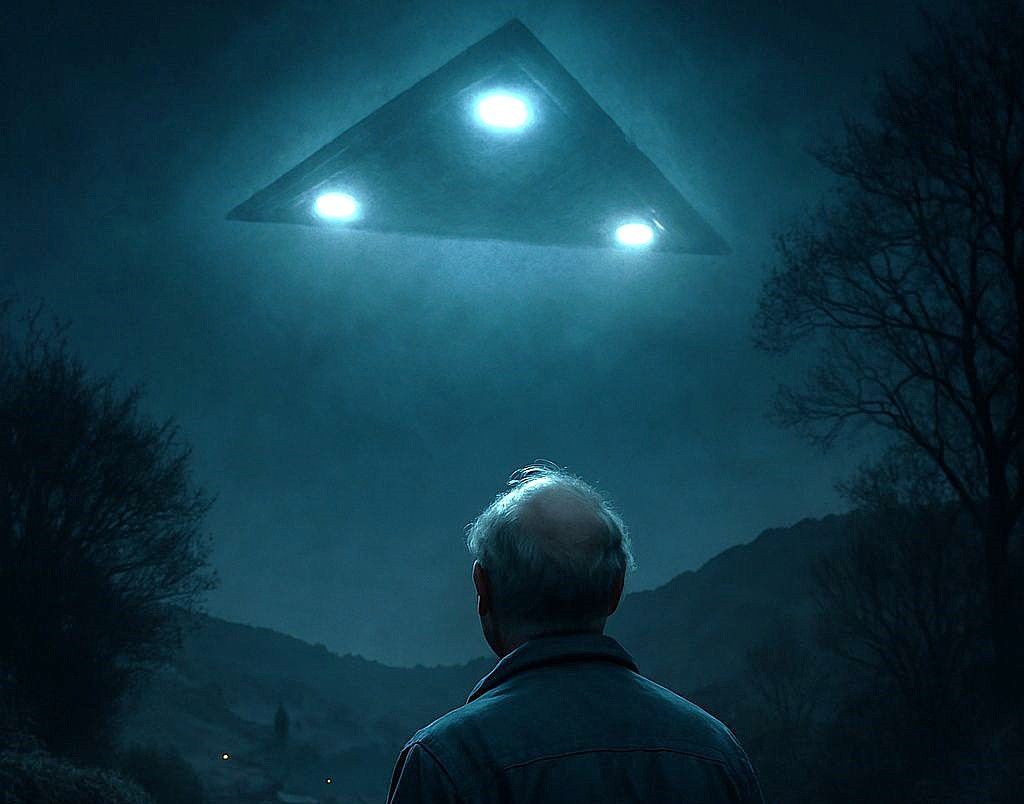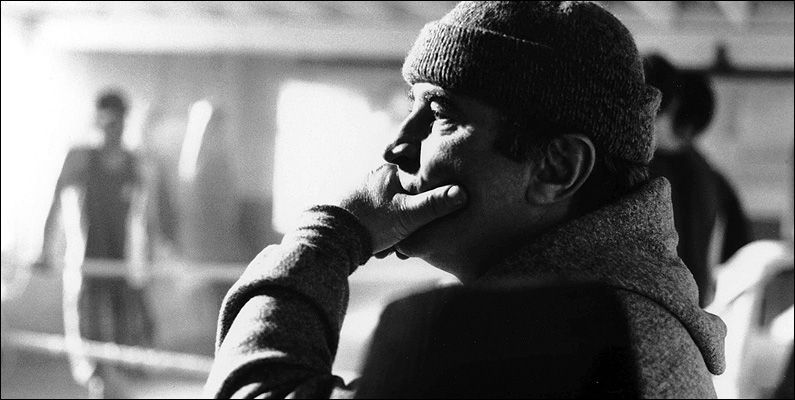Review of The Man Who Killed Don Quixote
The Man Who Killed Don Quixote (2020) Dir. Terry Gilliam
A passion project two decades in the making, The Man Who Killed Don Quixote comes from the fractious (and now controversial) mind of ex-Monty Python-er and 12 Monkeys director Terry Gilliam.
Autobiographical in nature, Adam Driver stars as film director Toby Grisoni (“T.G.” as a cipher for Terry Gilliam perhaps, but also far closer to the film’s screenwriter Tony Grisoni) who is blasé about the filming of his current Don Quixote production. After rediscovering his old student film on the same subject however, Driver comes across Jonathan Pryce (from Gilliam’s own 1985 feature Brazil) who starred as Quixote in that student film. And he has now, many years later in his old age, convinced himself that he is really the swashbuckling hero.
Driver and Pryce subsequently get caught up in a calamitous adventure. However, an appreciation of how the film came into being, and Gilliam’s own career, may be essential to fully appreciate some of the more frustrating narrative elements. Lost in La Mancha which documents the failed attempts at getting Gilliam’s story on screen is really required viewing in many ways. This is true as Gilliam has clearly reshaped the time travel element of a previous script draft. So as the duo cross paths with knights, bandits and persecuted villagers it is explained that these are merely locals playing out several roles.
The great cinematography also captures the excellent costumes and production design. Messy junkyards and picturesque old towns are captured in glorious sunlight and the narrative finds Driver rediscovering his passion for filmmaking. The theme of filmmaking is a bit on the nose but with the long-gestating production, it’s quite understandable he wanted to address and focus on it.
As well as fantasy and reality, the past and present are constantly referenced too. A nod to the everlasting turning of time can be seen in a decrepit windmill contrasted with a modern wind farm. The older windmill echoes the classic Frankenstein and this ‘monster’ project Gilliam has undertaken.
He shows us in many ways how these productions (and creative endeavours as whole) are constantly living and dying. Gilliam’s strange and singular vision mixes with more regular scenes which has the movie rollicking along like Romancing the Stone at times. However, the chaotic 3rd act is ramshackle to say the least but the film is at least consistently attractive to look at and Pryce and Driver are excellent in difficult to conceive roles.
Fans of Gilliam and this finally completed project (or even just filmmaking) will enjoy his imaginativeness and obsessions. But the film could be a bit hit or miss for those coming unfamiliar to Gilliam’s work, and the background to this particular movie, for the first time. So in the end it’s messy, scattershot and odd, a bit like Gilliam himself, yet it has a lot of eccentric fun at times with plenty of the director's trademark inventiveness throughout.
★★★
Michael Sales






